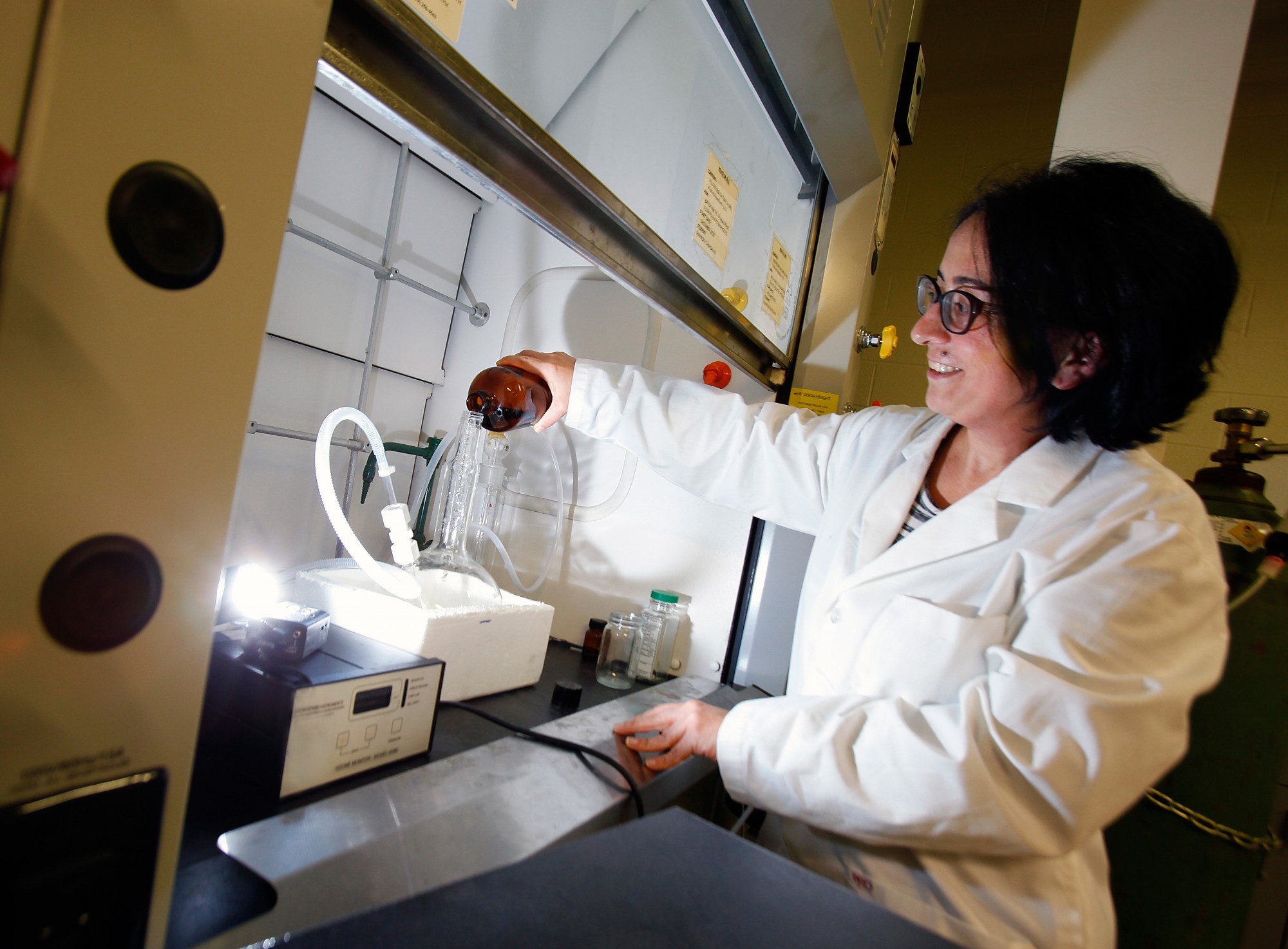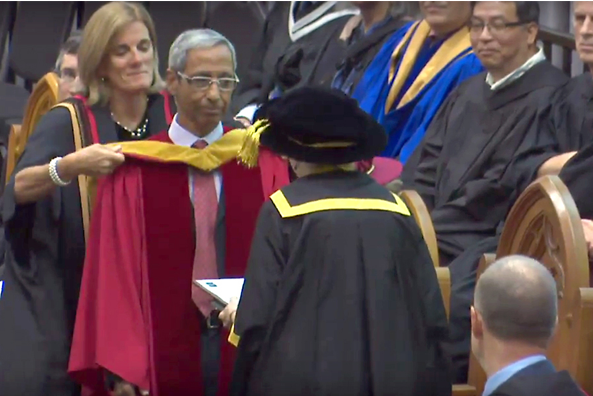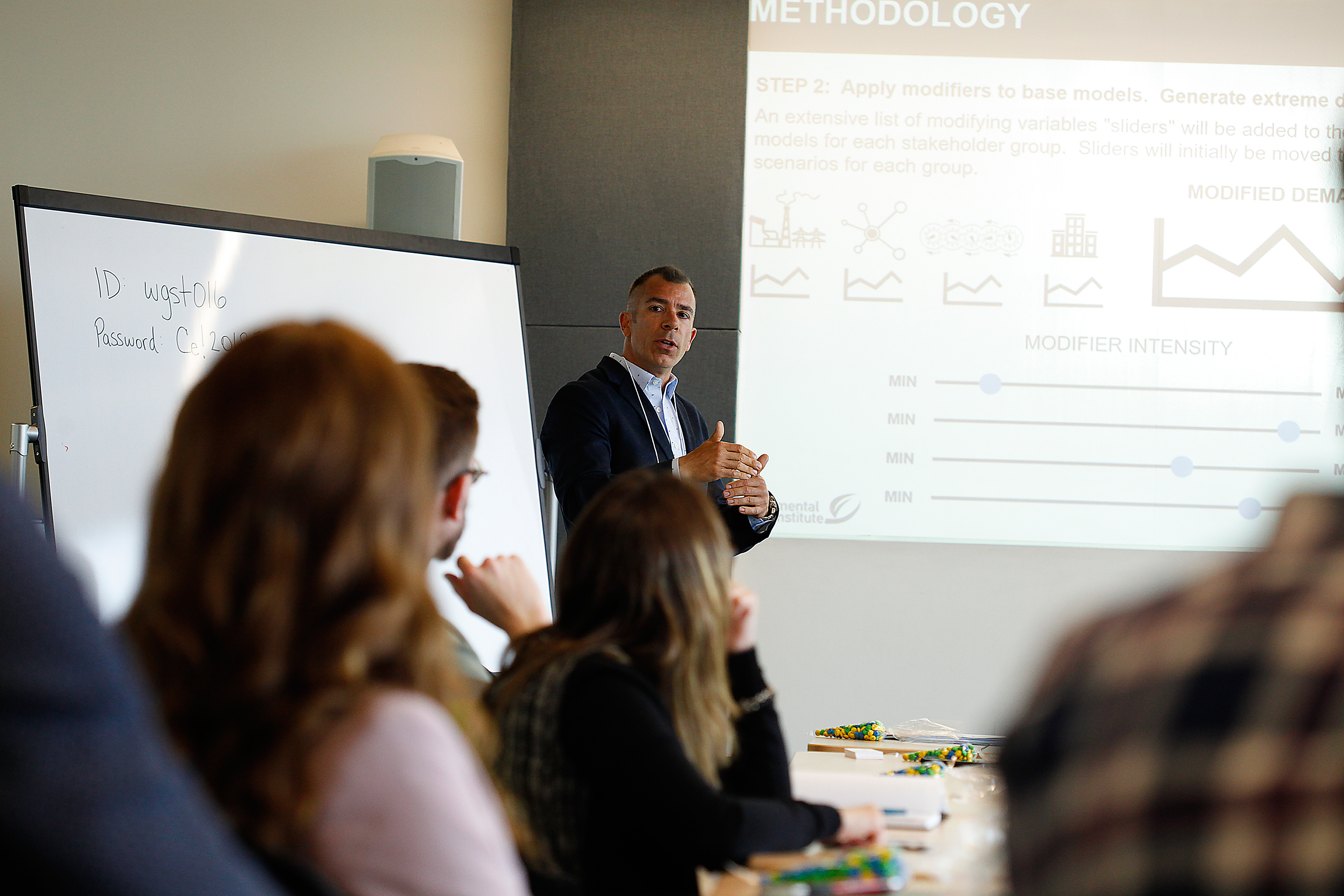
On April 20, 2018, residents of the Windsor area may have heard a rumble or felt unusual motion.
The initial assumptions on the source of the noise and motion were somewhat amusing before word spread that a magnitude 3.6 (Mw) earthquake had occurred. Most Canadians wouldn’t list earthquakes as a notable concern in their lives; however, contrary to popular belief, large areas of Canada are at significant risk due to seismic hazards.
In fact, some of the most highly densely populated areas of Canada (e.g. the west coast and the east coast along the St. Lawrence River) can and have experienced large earthquake events. A repeat of historical earthquake events in these areas could incur more than $60 billion in damage, and that’s not even the worst-case scenario!
From a structural engineering perspective, the primary objective is to protect life safety. The traditional approach to designing a structure for earthquakes anticipates and accepts that damage will occur. It is simply not feasible to design a conventional structure to withstand significant ground motions without damage. Alternatively, the structure is designed to be ductile and the damage is utilized as an energy dissipation mechanism. The major shortcoming with this approach is that often the damage is so severe that it is impractical to repair the structure and it must be demolished and rebuilt.
— Published on Jan 5th, 2021

A project led by UWindsor researchers aims to provide local municipalities with a solution to toxic algae that wreak havoc on drinking water quality and wildlife.
Researchers in the environmental engineering department are examining the use of advanced water treatment options to remove cyanotoxins that have the potential to contaminate local drinking water sources as a result of harmful algal blooms(HABs). The blooms are largely caused by nutrients from farming activities, runoff from municipal wastewater systems and warm water temperatures.
“The issue of cyanotoxins produced by harmful algal blooms are now regularly being reported in many parts of Canada, including Lake Erie,” says Dr. Merih Uslu, a postdoctoral fellow working on the project under the supervision of Dr. Nihar Biswas, Dr. Saad Jasim and Dr. Rajesh Seth, of the Civil and Environmental Engineering Department.
— Published on Jan 5th, 2021

UWindsor students got a first-hand look last week at the challenges engineers face when working on heritage projects.
Visual Arts and the Built Environment professor Jason Grossi and sessional instructor William Tape led 48 fourth-year civil and environmental engineering students through the site of the future Windsor Public Library branch in historic Sandwich last Friday.
Grossi said the new library holds many lessons for students.
“The new library is really the unification of two historic structures connected by a contemporary addition,” he said. “The completed complex will rise from the historic fire hall at the front of the property and connect to the middle 19th-century stables at the back that pre-date the 1921-built fire hall.”
Grossi said connecting the two structures took a lot of careful design and “a little bit of whimsy.”
— Published on Jan 5th, 2021

UWindsor professor Nihar Biswas received an honorary degree from the University of Guelph in recognition for his contributions to environmental engineering education and to clean water technology that has improved the lives of people worldwide.
Dr. Biswas, a former acting vice president-research, former senior associate dean of engineering, and a faculty member since 1981, told graduands at the June 12 Convocation celebration that continued access to safe clean water continues to pose a challenge in countries across the globe.
“You will of course face challenges in your work, in your life,” he said in his formal address acknowledging his honour. “Innovation could be the key to solve those challenges.”
— Published on Jun 28th, 2018

Nearly 100 local and international scientists, engineers, policy makers, industry leaders, and entrepreneurs gathered June 20 to 22 in the Ed Lumley Centre for Engineering Innovation to discuss recent advances in renewable energy generation, transmission, storage, and consumption.
The Energy and Sustainability 2018 Summit examined studies on climate change, waste and recycling, green buildings, green economy, and social sustainability and featured an electric conversion performance vehicle.
— Published on Jan 7th, 2021

A dedicated engineering career fair provided hundreds of University of Windsor students an opportunity to engage with local employers as they prepare to transition into the workforce.
In collaboration with the Faculty of Engineering, the Department of Co-operative Education and Workplace Partnerships hosted its first career fair for new grads, soon-to-be grads and recent alumni seeking full-time employment in the engineering industry.
More than 430 students equipped with resumés met with 19 employers on June 1 in the Ed Lumley Centre for Engineering Innovation.
“Connecting employers to our career-ready students is very important to us, so we are thrilled with the outcome of our Engineering Career Fair,” says event organizer Sarah Overton, a campus engagement coordinator in the university’s department of Co-operative Education and Workplace Partnerships. “We look forward to building on the success of this event in the future.”
— Published on Jun 5th, 2018

Several University of Windsor engineering students and alumni were honoured during a local celebration of the engineering profession.
Windsor’s Engineering Month Committee hosts an annual awards luncheon to “bring public awareness to the diversity and importance of the exciting fields of engineering and technology and invite prospective students to consider these professions,” said Tina Hawco, chair of the Engineering Month Committee.
The committee is comprised of engineers and technologists from local municipalities, consulting engineering firms, the University of Windsor, St. Clair College, professional associations and industry.
Priscilla Williams, a PhD candidate in the civil and environmental engineering department, Michael Cappucci, BASc ’11, and Aaron Blata, BASc ’14, were named the Top Three Under 30 during a ceremony April 13, 2018 at the Fogolar Furlan Club for demonstrating higher than average abilities to undertake engineering projects, outstanding work ethic and leadership early in their careers.
— Published on Jan 7th, 2021

A UWindsor Engineering graduate student represented the University of Windsor at a provincial Three Minute Thesis competition.
Liza-Anastasia Di-Cecco, a master's student in Materials Engineering, presented her 3D printing research at the Ontario 3MT® competition final on April 19, 2018 at York University.
Di-Cecco had three minutes and a single presentation slide to deliver her presentation titled "Move over plastic, we're 3D printing titanium."
"In my research, I’m studying the material properties of pure titanium made through a specific 3D printing process using plasma fabrication," Di-Cecco said. "I’m concentrating on looking at their strength, hardness, and durability, while also looking at what’s happening at the microscopic level to characterise these parts."
Di-Cecco said 3D printing is expanding our ability to make parts and more complex items such as custom prosthetics and orthotics and lighter and more fuel efficient cars.
"Even advanced rocket fuel nozzles that might someday get us to Mars; The possibilities of this research are endless," she added.
Three UWindsor Engineering graduate students made it to the final six in the University of Windsor's Three Minute Thesis competition where Di-Cecco took home a second-place prize of $500.
— Published on Jan 7th, 2021

Swollen by rain and melting snow, the Thames River burst its banks in February, inundating southwestern Ontario with its worst floods in 40 years.
The effects of such a catastrophe can be mitigated, says Monika Saha, a master’s candidate in civil engineering, and one of more than 20 students who presented projects in the Centre for Engineering Innovation on Thursday, March 22, in celebration of World Water Day.
Saha is working to create models of the lower Thames River that can predict floods in Chatham-Kent.
“We’ll basically capture the flow. With our hydrologic and hydraulic models getting the input level, it will give you the output to predict which areas will be inundated,” she said. “You will be able to take precautions.”
— Published on Jan 7th, 2021

Dylan Verburg grew up on a farm, and his experience with small construction projects there has proven invaluable in his current challenge — deploying equipment in a drainage pond outside the Indian capital of New Delhi in an attempt to improve water quality.
“Two 50-foot sections of tubing were placed … with the intention of oxidizing the inlet stream before it mixes with the main body of the lake,” the civil engineering student writes in a blog on the Windsor Engineering website. “Six additional lines are placed strategically in the main body of the lake,” located along the Yamuna River in North Delhi.
He will measure the resulting changes, which aim to aerate the water, allowing beneficial bacteria to flourish and naturally restore the ecosystem.
— Published on Jun 8th, 2018










